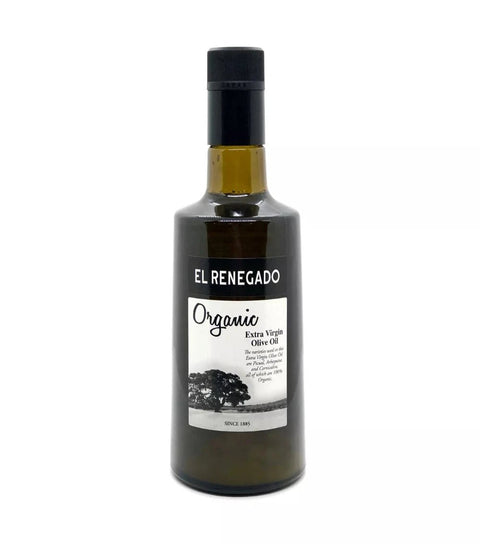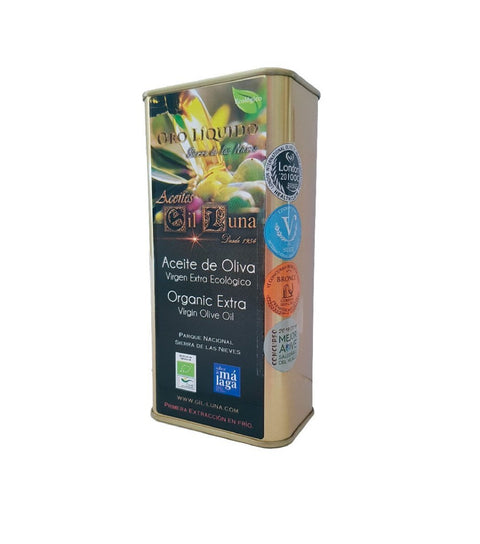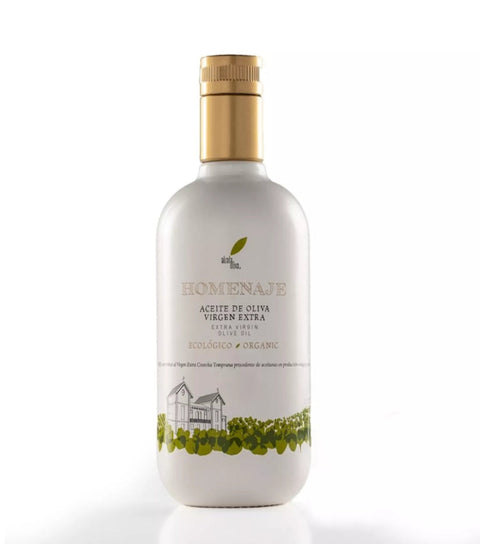Can olive oil help preserve food?
Preserving certain foods in olive oil is a tradition that continues today to improve the properties and durability of our favorite products.
Food preservation is a custom that dates back thousands of years. Nomads in cold regions learned to use ice to preserve fish, while in warmer countries they used other methods. In the case of Mediterranean countries, where olive trees grew, people began to use olive oil on a large scale to preserve food, especially in ancient Greece.
But how to preserve food in olive oil?
Preserving food in olive oil not only allows you to enjoy meat, fish or vegetables out of season, but also keeps all their vitamins and benefits intact. Olive oil creates a barrier against contact with microorganisms which guarantees its properties and optimal conditions.
Olive oil has always been a unique ally for food conversation, although over time it has been combined with other elements to enrich new methods according to consumer tastes. Among the food preservation systems in which olive oils play a fundamental role, we can cite the following:
Preservation with olive oil only
Preserving food only in olive oil is also possible and is one of the most common methods. The process is simple: simply immerse the cooked and cut foods in a bath of olive oil and vacuum pack them. Then store the mixture in glass jars or cans and keep it in a cool place not exposed to sunlight.
Escabeche
Escabeche is a good way to preserve food using mainly vinegar and olive oil. To make the most commonly used recipe, combine salt, sugar, bay leaves, pepper seeds and two parts olive oil, one part vinegar and one part wine. Saute the garlic in the oil until golden, add the spices and, shortly after, the wine and vinegar. If you want to make a marinade, cook the food and soak it in the marinade for 20 minutes. If you prefer a cold marinade, place it at room temperature in the mixture. The most important step in marinating successfully is to always cook the food first.


















Comments (0)
There are no comments for this article. Be the first one to leave a message!